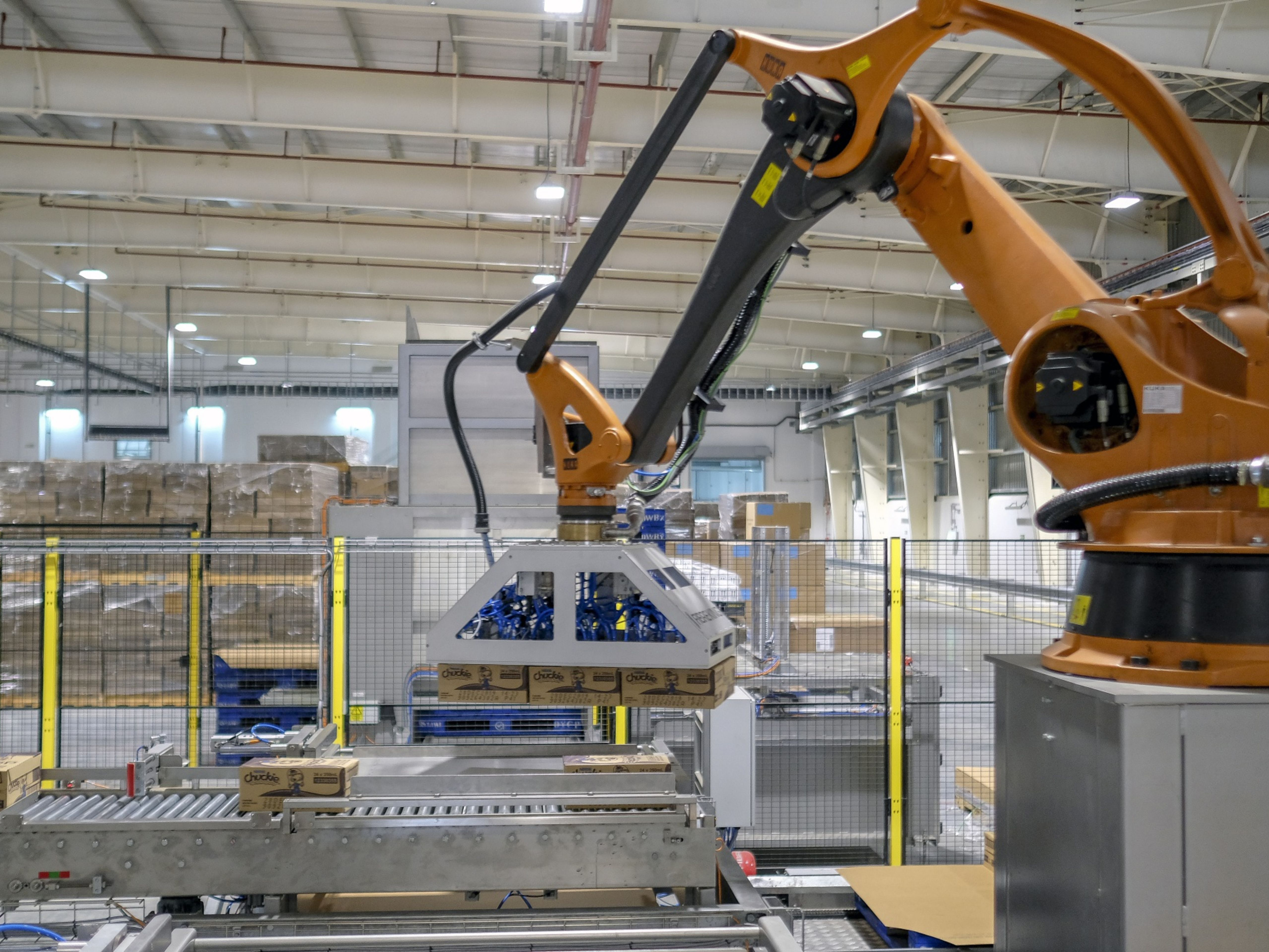
Parts of the last 12 months have felt like a science fiction film. On one hand, a global pandemic is causing record-setting despair: travel is restricted, the economy is in shock, and people everywhere are either at home or managing a cautious return to activity.
On the other hand, a kind of technological revolution is afoot. The pandemic served as a catalyst for rapid technological uptake, pushing our world further into the digital sphere than ever before. Artificial intelligence is influencing all industries; drones can deliver our groceries, and it’s only a matter of time before aerial robots will transport our friends or family to our doors.
In such an interesting market moment, the average observer is juggling a complex mix of emotions. One might feel equal parts encouraged and apprehensive. Robotics and A.I. are leading our recovery, enabling corporations to work safer and more effectively. But with record job losses across the last four quarters, and the realities of a recession weighing heavily on our shoulders, the question of robotics replacing human labor is one we can’t ignore.
It’s an especially relevant question in the logistics sector. The pandemic surfaced huge inefficiencies in our previous supply-chain infrastructure. Business owners with single-source suppliers quickly realized their oversights, as restrictions on travel kept them away from their supply. Through an ever-changing landscape of consumer demand, all owners came to understand the problem with inflexible supply-chain practices, and the liabilities that come with having a lack of visibility from one end to the other.
For these reasons and others, robotics are top of mind, as owners and suppliers negotiate the new landscape of post-COVID-19 logistics. Less expensive and more competent than they’ve ever been, robots can improve the speed and accuracy of routine operations, while adding efficiency, safety, and visibility across supply-chain practices. Autonomous robots can reduce error rates, check inventory more frequently, optimize sorting times, streamline fulfillment practices, and decrease long-term costs.
Business owners and supply-chain professionals are understanding more and more the power of automation. A report by MHI showed that between 2019 and 2020, the adoption rate for robotics and automation increased more than any other supply-chain technology. But owners and professionals are equally aware of the realities in the job economy. An important question remains: What does automation mean for supply-chain workers?
Path Toward Safer Work
A number of factors need to be considered when it comes to the relation between human workers and autonomous robots. As robotic technology becomes less expensive, and design continues to evolve, it’s becoming easier to integrate robotics into a supply-chain workflow. Without cost, knowledge, or set-up times being a barrier to entry, robots can work side by side with their human counterparts with little to no supervision.
Rather than replacing human workers, automated robots have so far played an invaluable role in keeping them safe throughout the pandemic. When in-person work came at too high a risk of viral-transmission, the supply-chain sector was no exception. Workers were kept away from shop floors and production plants, and many teams relied on autonomous robots to perform the kinds of tasks that would be hazardous to human safety. Able to work independently and manage repetitive tasks, more supply-chain teams could work remotely, managing larger-scale operations from the safety of at-home workspaces.
This is an important trend that can outlast the pandemic. Aspects of supply, fulfillment and delivery can be high-risk. Robots can perform lower-value, more dangerous tasks so human workers are able to enjoy improved workplace safety. In this sense, robots can improve job satisfaction, reducing risk rates and hazardous tasks in a human worker’s day. Moreover, the use of robotics frees up human workers to focus on creative thinking, problem solving, and larger-picture management.
Macro-Efficiency: Not a Zero-Sum Game
Finally, integrating autonomous robots into supply-chain practices can enhance overall revenue. By improving order-fulfillment rates and delivery speed — and customer satisfaction as a result — supply-chain professionals can be better positioned to receive an influx of post-COVID-19 business. Owners everywhere are looking for solutions, and logistics professionals that reply on robotics for better overall margins can offer better answers at lower costs, boosting their business and allowing them to expand their teams.
In fact, as productivity increases, labor almost always receives a significant share of the benefits. Zooming out to consider the larger picture, robotics can drive economic growth, often offering higher-quality production at better margins. Those cut costs are passed on to consumers in the form of lower prices, boosting the purchasing power. More economic activity leads to the creation of new jobs. And while it’s never quite that linear in real-world applications, this is a pattern that’s demonstrated time and time again, complicating the over-simplified narrative that automation is synonymous with job loss.
The logistics sector is undergoing a re-invention, preparing for the future of after-COVID-19 demand. More supply-chain professionals are investing in robotics as a way to keep their employees safe and engaged. Far from the apocalyptic force they’re often made out to be, autonomous robots could be a driver of job recovery and post-pandemic growth.
Progress never goes as planned, and more tests and trials lie ahead. Still, when it comes to establishing a new and improved normal, robotics will no doubt play an important role.
Zain Jaffer is founder and chief executive officer of Zain Ventures.







